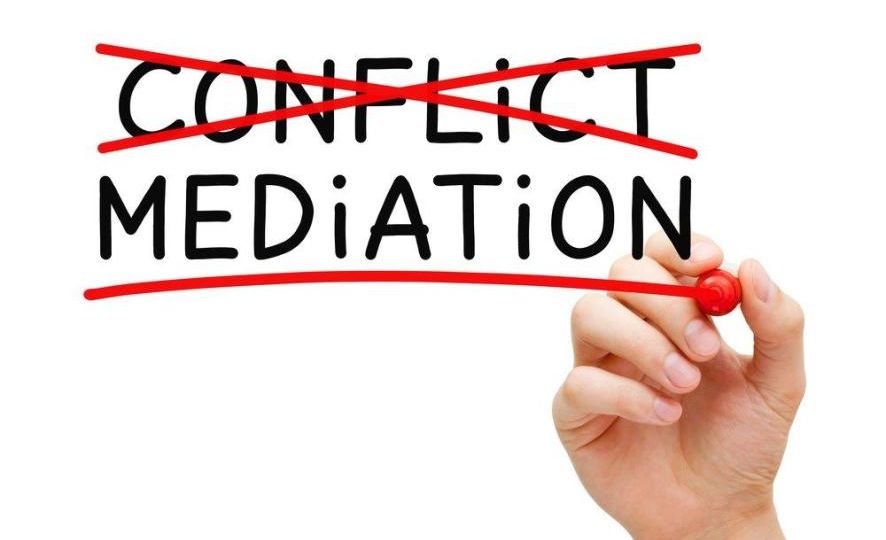
Bankruptcy and insolvency cases can be complex and emotionally draining for all parties involved. In addition to the legal aspects, there are often deep-seated conflicts and disagreements that can make it difficult to find a resolution. One approach that has gained popularity in recent years is mediation.
Mediation is a process in which a neutral third-party facilitates communication and negotiation between parties to help them reach a mutually acceptable agreement. In the context of bankruptcy and insolvency, mediation can be used to resolve disputes between debtors, creditors, and other stakeholders.
The Benefits of Mediation in Bankruptcy and Insolvency Cases
There are several benefits to using mediation in bankruptcy and insolvency cases. Here are some of the most significant advantages:
- Cost-effective: Mediation is often less expensive than litigation, which can be a significant factor in bankruptcy and insolvency cases where resources are limited.
- Faster resolution: Mediation can help parties reach a resolution more quickly than traditional litigation, which can take months or even years to resolve.
- Preservation of relationships: Mediation can help preserve relationships between parties, which can be important in business and personal cases where parties may need to continue working together in the future.
- Customized solutions: Mediation allows parties to craft customized solutions that are tailored to their specific needs and interests.
- Empowerment: Mediation empowers parties to take control of their own resolution process, rather than relying on a judge or arbitrator to make decisions for them.
How Mediation Works in Bankruptcy and Insolvency Cases
The mediation process in bankruptcy and insolvency cases is similar to mediation in other contexts. Here’s a general overview of how it works:
- Identifying the issues: The mediator works with parties to identify the key issues that need to be resolved.
- Facilitating communication: The mediator helps parties communicate effectively and constructively, focusing on interests and needs rather than positions and demands.
- Generating options: The mediator helps parties generate potential solutions and evaluates their feasibility and potential impact.
- Negotiating a settlement: The mediator helps parties negotiate a settlement that is acceptable to all parties.
- Finalizing the agreement: Once a settlement is reached, the mediator helps parties finalize the agreement and ensures that all parties understand their rights and obligations.
Examples of Mediation in Bankruptcy and Insolvency Cases
Mediation has been used successfully in a variety of bankruptcy and insolvency cases, including:
- Business restructuring: Mediation can be used to facilitate negotiations between a company and its creditors to restructure debt and avoid bankruptcy.
- Debt disputes: Mediation can be used to resolve disputes between debtors and creditors over the amount or repayment terms of a debt.
- Asset distribution: Mediation can be used to resolve disputes over the distribution of assets in a bankruptcy or insolvency case.
- Construction disputes: Mediation can be used to resolve disputes between contractors, subcontractors, and property owners in construction-related bankruptcy and insolvency cases.
Conclusion
Mediation is a powerful tool for resolving disputes in bankruptcy and insolvency cases. By facilitating communication and negotiation between parties, mediation can help parties reach a mutually acceptable agreement that is cost-effective, efficient, and empowering. If you’re facing a bankruptcy or insolvency case, consider mediation as an alternative to traditional litigation. With the help of a skilled mediator, you may be able to find a resolution that works for everyone involved.

